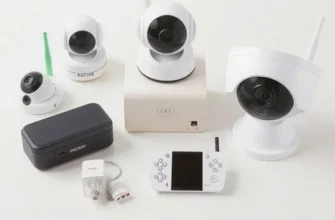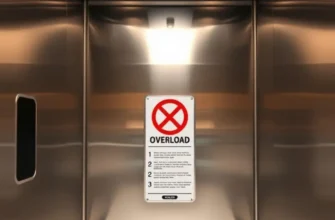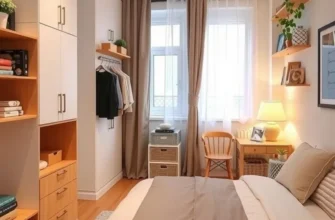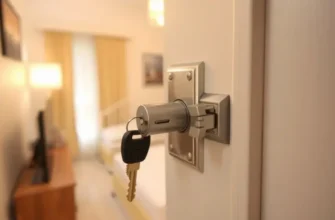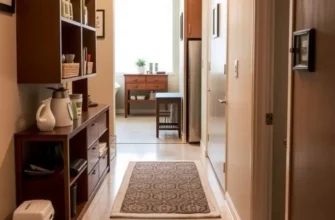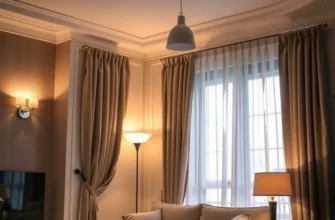As a renter, your priority often lies in comfort, safety, and hassle-free maintenance. One often-overlooked aspect of apartment safety is radon, a colorless, odorless gas that can seep into homes from the ground. High levels of radon can pose serious health risks, including lung cancer, making it essential for renters to be aware of this invisible threat. Understanding radon levels in your apartment and knowing how to mitigate risks are vital steps toward a healthier living environment. Thankfully, staying informed and taking practical actions can lead to peace of mind in your living space. This guide aims to empower renters across the U.S. with the knowledge needed to assess radon risk and implement effective solutions that prioritize safety and security without adding hassle to your rental experience.
Understanding Radon: What Every Renter Needs to Know
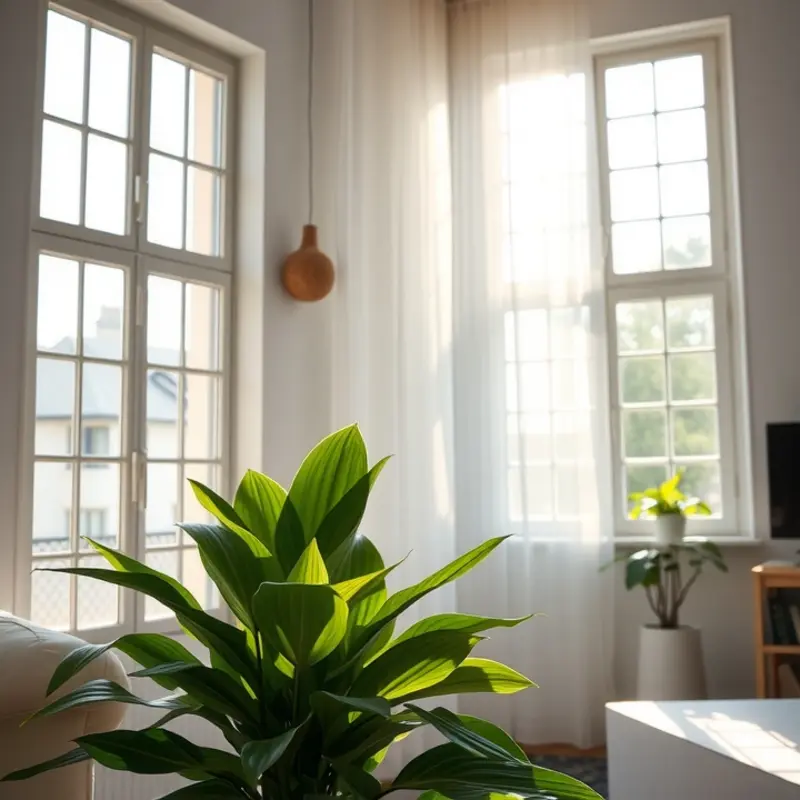
As a renter, understanding radon is crucial for maintaining a safe living environment. Radon is a naturally occurring radioactive gas that originates from the decay of uranium in soil, rock, and water. It can seep into buildings through foundational cracks, gaps around pipes, and other openings, accumulating to dangerous levels indoors.
Radon is colorless, odorless, and tasteless, making it undetectable without proper testing. This invisibility is part of what makes it a significant concern. According to the Environmental Protection Agency (EPA), radon exposure is the second leading cause of lung cancer in the United States, responsible for approximately 21,000 deaths annually. For non-smokers, it is the number one cause of lung cancer.
As a renter, you’re dependent on your landlord’s diligence to maintain a healthy indoor environment. However, understanding the potential risks can empower you to advocate for necessary actions. Radon testing is the only way to know if your living space has high radon levels. Simple and relatively inexpensive tests kits are available, or landlords can hire professionals who specialize in radon testing and mitigation.
High radon levels can be mitigated through various methods, such as soil suction, which pulls radon from beneath the building and vents it outside. It’s essential for renters to have open discussions with their landlords regarding radon testing and mitigation, especially if the apartment is on the lower floors where radon is more likely to accumulate.
Understanding your rental rights concerning radon can also be beneficial. Policies vary across states, but some require landlords to disclose known radon levels. Familiarize yourself with local regulations and explore potential renter-friendly solutions, like air quality monitors, that can help you keep an eye on your apartment’s atmosphere.
Beyond health, understanding radon can also influence your rental decisions. When touring prospective apartments, inquire about previous radon tests and mitigation systems in place. You can find valuable resources and safety practices in related articles like apartment-friendly DIY cleaning products to maintain your indoor environment.
In summary, while radon is a silent hazard, your awareness and proactive approach can significantly reduce risks. Engaging with your landlord, being informed about mitigation options, and knowing your rights all contribute to creating a safer living space.
Practical Steps for Renter Radon Safety
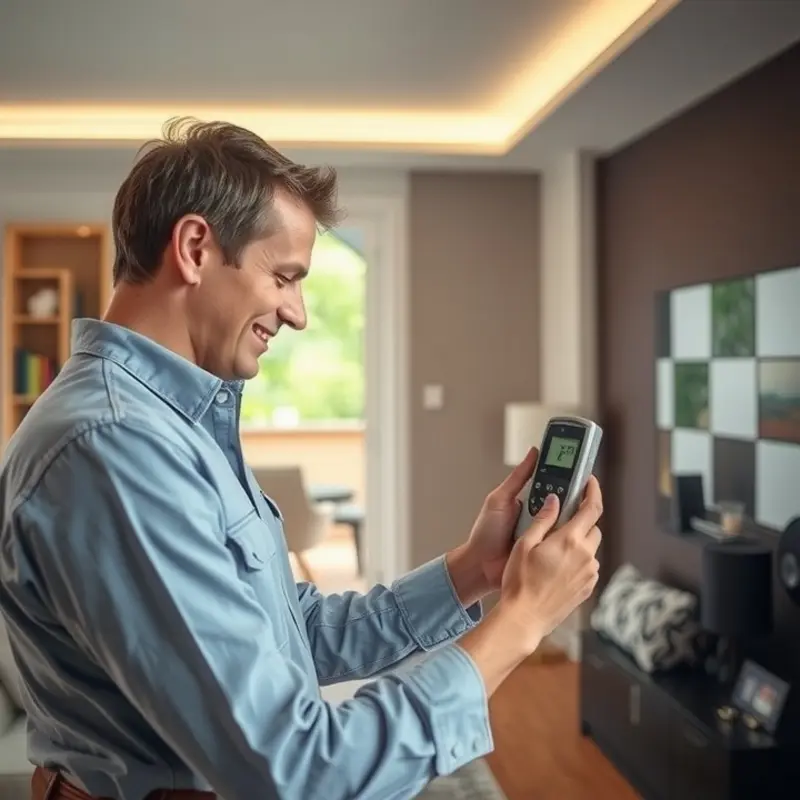
Ensuring safety in your living space starts with understanding the presence of radon—a naturally occurring radioactive gas that can pose health risks if found at high levels. Its colorless and odorless nature makes detection without proper equipment impossible. However, as a renter, there are feasible steps to assess and mitigate radon in your apartment.
First, approach your property manager or landlord about previous radon testing. They may have already conducted tests and applied mitigation measures. If not, express your concerns and suggest organizing a professional radon test as part of routine maintenance. Some states mandate radon testing in rental properties, so review local regulations to strengthen your request.
If testing hasn’t been conducted recently, consider purchasing a short-term radon test kit. While professional testing is ideal, these kits provide a preliminary understanding of radon levels in your space. Follow the instructions meticulously to ensure accurate results. Typically, it’s recommended to place the test in the lowest livable area of your apartment and keep doors and windows closed during testing.
Upon receiving results indicating elevated radon levels, prompt discussions with your landlord are essential. Present your findings, and if necessary, use local regulations to advocate for mitigation. An effective mitigation strategy often involves installing a vent pipe system and fan. This system draws radon from beneath the building and vents it safely outside.
For additional security, seal cracks in floors and walls to prevent radon entry. Regular property maintenance, including checking sealant integrity and ensuring proper ventilation, will further protect you. Raise awareness among fellow tenants, fostering a community that values collective safety and might share mitigation costs if applicable.
Consider adding radon awareness to your personal apartment wellness checklist, ensuring it becomes a routine check just like any other safety measure. This integrative approach empowers you as a renter, ensuring your living environment remains a safe haven.
Staying informed about radon and proactive in safety measures is essential. Engage your landlord, use available resources, and regularly check for updates on local housing codes. This proactive approach not only protects your health but also contributes to a safer community environment.
Final words
Maintaining a healthy living environment is crucial for all renters, and understanding radon is a key component of apartment safety. By educating yourself on radon levels and taking simple, proactive measures, you can create a secure and worry-free home. Regularly testing for radon, communicating with your landlord about mitigation solutions, and enjoying your space with confidence will lead to a better living experience. Remember, a little awareness goes a long way toward ensuring your home is not only comfortable but safe.



